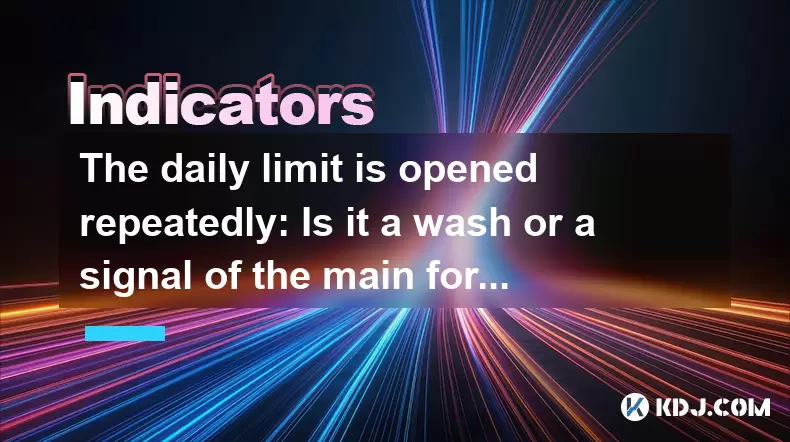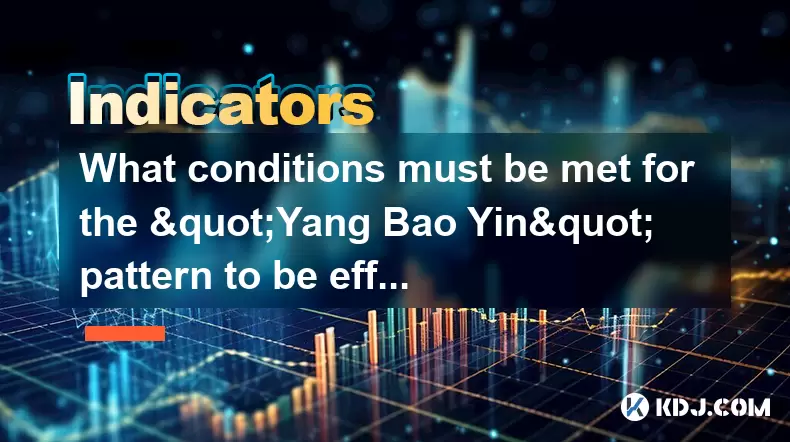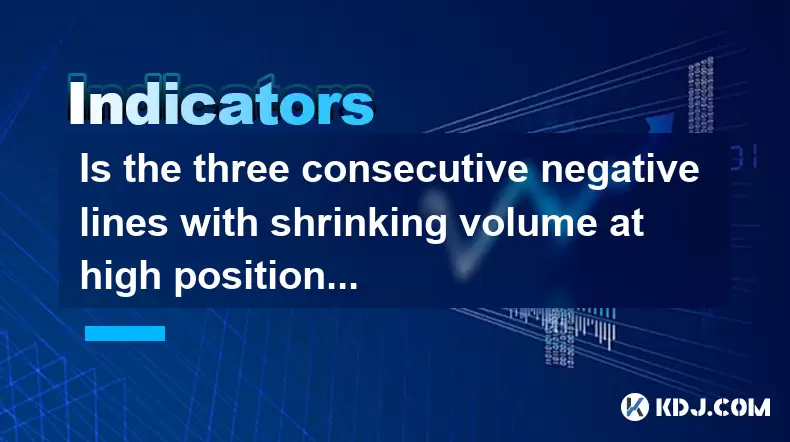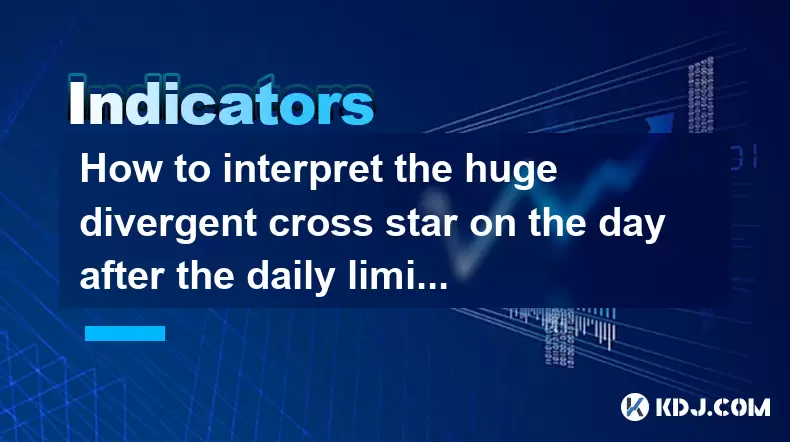-
 Bitcoin
Bitcoin $105,053.8967
0.28% -
 Ethereum
Ethereum $2,536.9103
0.49% -
 Tether USDt
Tether USDt $1.0004
0.01% -
 XRP
XRP $2.1735
1.51% -
 BNB
BNB $650.9659
-0.36% -
 Solana
Solana $146.0013
1.03% -
 USDC
USDC $1.0000
0.01% -
 Dogecoin
Dogecoin $0.1776
1.66% -
 TRON
TRON $0.2700
-1.20% -
 Cardano
Cardano $0.6367
0.08% -
 Hyperliquid
Hyperliquid $41.5154
4.36% -
 Sui
Sui $3.0303
1.00% -
 Bitcoin Cash
Bitcoin Cash $436.0395
5.03% -
 Chainlink
Chainlink $13.1926
-0.32% -
 UNUS SED LEO
UNUS SED LEO $9.0306
-0.41% -
 Stellar
Stellar $0.2595
0.37% -
 Avalanche
Avalanche $19.1528
0.37% -
 Toncoin
Toncoin $3.0008
1.46% -
 Shiba Inu
Shiba Inu $0.0...01218
4.24% -
 Hedera
Hedera $0.1597
4.06% -
 Litecoin
Litecoin $86.1907
2.88% -
 Polkadot
Polkadot $3.8078
-0.27% -
 Ethena USDe
Ethena USDe $1.0005
0.02% -
 Monero
Monero $315.3789
0.26% -
 Dai
Dai $0.9999
0.01% -
 Bitget Token
Bitget Token $4.5446
0.46% -
 Pepe
Pepe $0.0...01114
4.48% -
 Uniswap
Uniswap $7.3261
1.15% -
 Pi
Pi $0.5867
5.21% -
 Aave
Aave $276.8268
-2.40%
The daily limit is opened repeatedly: Is it a wash or a signal of the main force's escape?
When a cryptocurrency repeatedly hits its daily limit, it may signal intense market pressure or manipulation through tactics like wash trading.
Jun 12, 2025 at 06:29 pm

Understanding the Daily Limit in Cryptocurrency Trading
In cryptocurrency trading, a daily limit refers to the maximum price fluctuation allowed for a particular digital asset within a single trading session. This mechanism is commonly used on centralized exchanges to prevent extreme volatility and protect traders from sudden losses. When a coin hits its daily limit, it means that its price has moved up or down by the predefined percentage threshold, such as 10% or 20%, depending on the exchange’s rules.
This concept is particularly relevant in highly volatile markets where prices can swing dramatically due to news events, market sentiment, or large trades executed by institutional players. The daily limit acts as a circuit breaker, temporarily halting further price movement until the next trading session begins. However, some coins repeatedly hit these limits multiple times in a short span, raising questions about the nature of such movements.
What Does It Mean When the Daily Limit Is Opened Repeatedly?
When a cryptocurrency repeatedly opens and closes at the daily limit, it suggests intense buying or selling pressure within a very short time frame. For instance, if a coin surges to the upper daily limit, then retraces back into the range before hitting the limit again, this could indicate a tug-of-war between bulls and bears.
Such patterns often occur when there is a significant imbalance in order flow. If large volumes are being transacted near the limit price, it might reflect aggressive accumulation or distribution by major players. In some cases, repeated daily limit openings may also be manipulated through wash trading, where artificial volume is created to mislead retail investors.
It is important to distinguish between organic price action driven by genuine demand or supply and artificial movements fueled by manipulative tactics. Technical analysis tools like volume profiles and order book depth can help identify whether these limit breaches are supported by real trading activity.
Is It a Wash Trade or a Signal of Main Force Exit?
Determining whether repeated daily limit openings represent wash trading or a main force exit requires careful scrutiny of several factors:
- Volume spikes: Sudden surges in trading volume without corresponding price movement may suggest wash trading.
- Order book behavior: Deep liquidity walls appearing and disappearing quickly can point to spoofing or fake orders.
- Time clustering: Multiple trades executed at the same price level within milliseconds may indicate coordinated manipulation.
- Market depth changes: Rapid fluctuations in buy/sell wall sizes may signal whale activity.
If the price continues to move meaningfully after hitting the daily limit and maintains direction with increasing volume, it may reflect actual capital inflow or outflow. On the other hand, if the price reverts immediately and no real trend develops, it could be a sign of artificial trading designed to attract attention or manipulate sentiment.
How to Analyze Repeated Daily Limit Behavior Step-by-Step
To evaluate whether the repeated opening of daily limits signals a wash trade or a main force exit, follow these steps:
- Monitor trading volume during limit breaches: Check whether the volume corresponds to real buyers or sellers. High volume with shallow price movement is suspicious.
- Examine the order book: Look for signs of spoofing or wash trading, such as large orders that disappear before execution.
- Use candlestick patterns: Observe wicks and bodies near the daily limit. Long tails may indicate rejection of the limit price.
- Cross-reference with social media and news: Sometimes, external events trigger legitimate volatility. Ensure the movement aligns with real-world developments.
- Compare with broader market trends: If the asset moves independently while others remain stable, it may not be a natural move.
Each step should be performed across multiple time frames—such as 1-hour, 4-hour, and daily charts—to confirm consistency in behavior.
Tools and Indicators to Detect Manipulation Signals
Several analytical tools can assist traders in identifying whether daily limit breaches are genuine or manipulated:
- Volume Profile: Helps visualize where most trading activity occurred. A healthy breakout usually sees volume concentrated around new highs or lows.
- On-Balance Volume (OBV): Tracks cumulative volume flows. Divergence between OBV and price can warn of weak momentum.
- Depth Chart Analysis: Reveals hidden orders and potential spoofing. Watch for sudden shifts in bid/ask walls.
- Whale Transaction Trackers: Some platforms monitor large wallet movements. Unusual transfers to or from exchanges may precede manipulation.
- Time & Sales Data: Real-time transaction logs show the pace and size of trades, helping detect wash trading patterns.
These tools provide a more comprehensive view of what's happening beneath the surface of price charts.
Strategies to Trade Around Daily Limit Events
Traders who understand the implications of daily limit dynamics can develop strategies accordingly:
- Wait for confirmation: Avoid chasing breakouts at the daily limit. Wait until the next session to see if the momentum sustains.
- Trade the reversal: If a coin hits the upper limit but fails to maintain levels, consider shorting on weakness. Conversely, if it drops to the lower limit and rebounds strongly, look for long opportunities.
- Use derivatives: Futures contracts with leverage allow traders to hedge or speculate based on expectations of post-limit behavior.
- Set conditional orders: Use stop-limit or trailing-stop orders to automatically enter or exit positions once certain thresholds are met.
- Avoid high-risk assets: If an asset consistently shows signs of manipulation, consider avoiding it unless you have a clear edge.
Implementing risk management techniques such as position sizing and stop-loss placement is essential when dealing with volatile instruments affected by daily limit actions.
Frequently Asked Questions
Q: What causes a cryptocurrency to hit the daily limit frequently?
A: Frequent daily limit hits are typically caused by high volatility stemming from strong buying or selling pressure, news-driven speculation, or deliberate manipulation through wash trading and spoofing.
Q: How can I differentiate between a genuine breakout and a manipulated one?
A: Look for consistent volume support, strong candlestick closes beyond the limit, and alignment with broader market conditions. Manipulated moves often lack real volume and reverse quickly.
Q: Are daily limits common across all exchanges?
A: No, daily limits are not universal. They are more commonly found on centralized exchanges, especially those catering to emerging or speculative tokens. Decentralized exchanges generally do not impose such restrictions.
Q: Should I trade a coin that keeps hitting the daily limit?
A: Only if you have a solid understanding of the underlying mechanics and proper risk controls. Many such coins are prone to manipulation and may carry higher risks than average market assets.
Disclaimer:info@kdj.com
The information provided is not trading advice. kdj.com does not assume any responsibility for any investments made based on the information provided in this article. Cryptocurrencies are highly volatile and it is highly recommended that you invest with caution after thorough research!
If you believe that the content used on this website infringes your copyright, please contact us immediately (info@kdj.com) and we will delete it promptly.
- Rexas Finance (RXS), Sui (SUI), Shiba Inu (SHIB), and Hedera (HBAR): 4 Cryptos to Watch in 2024
- 2025-06-14 21:50:12
- As Over $90 Billion in TVL Remains Untapped, a New Generation of Crypto Companies Emerges
- 2025-06-14 21:50:12
- Mutuum Finance (MUTM) Pre-Sale Raises $7.3M Awaiting 20% Cost Increase to $0.03
- 2025-06-14 21:45:12
- USD/CAD Depreciates as US Dollar Remains Subdued
- 2025-06-14 21:45:12
- Tariff Tensions Reinforce JPY Safe-Haven Appeal
- 2025-06-14 21:40:13
- President Trump's upcoming 100-day speech has attracted great attention in the cryptocurrency field.
- 2025-06-14 21:40:13
Related knowledge

How to calculate the probability of trend continuation after the MACD column divergence?
Jun 14,2025 at 08:01am
Understanding MACD Column DivergenceThe Moving Average Convergence Divergence (MACD) is a widely used technical indicator in cryptocurrency trading. The MACD column, also known as the histogram, represents the difference between the MACD line and the signal line. When price makes a new high or low but the MACD histogram does not confirm this movement, a...

What are the volume requirements for adjusting the K line in the "rising three methods" pattern?
Jun 14,2025 at 07:50am
Understanding the 'Rising Three Methods' Pattern in Cryptocurrency TradingThe 'rising three methods' pattern is a bullish continuation candlestick formation that traders often use to identify potential upward momentum in cryptocurrency price charts. This pattern typically appears during an uptrend and suggests that the trend is likely to continue after ...

What conditions must be met for the "Yang Bao Yin" pattern to be effective?
Jun 14,2025 at 06:42am
Understanding the 'Yang Bao Yin' Pattern in Cryptocurrency TradingThe Yang Bao Yin pattern is a candlestick formation commonly observed in technical analysis within the cryptocurrency market. This pattern typically signals a potential bullish reversal after a downtrend. However, for this pattern to be effective and reliable, certain conditions must be m...

Is the three consecutive negative lines with shrinking volume at high positions a signal that the main force has finished shipping?
Jun 14,2025 at 09:56am
Understanding the Concept of Three Consecutive Negative LinesIn cryptocurrency trading, three consecutive negative lines refer to a situation where an asset's price chart shows three successive candlesticks with closing prices lower than their opening prices. This pattern typically indicates bearish sentiment in the market. When this occurs at high posi...

Is it an opportunity for the long positive line with large volume to break through the platform and then shrink back?
Jun 14,2025 at 04:42am
Understanding the Long Positive Line with Large VolumeIn technical analysis, a long positive line refers to a candlestick pattern where the closing price is significantly higher than the opening price, often indicating strong buying pressure. When this occurs alongside large volume, it suggests that market participants are actively involved in pushing t...

How to interpret the huge divergent cross star on the day after the daily limit?
Jun 14,2025 at 02:35pm
Understanding the Divergent Cross Star PatternIn the realm of technical analysis within cryptocurrency trading, candlestick patterns are essential tools for predicting price movements. One such pattern is the divergent cross star, which appears as a doji or near-doji candle following a significant price move. When this pattern occurs the day after a dai...

How to calculate the probability of trend continuation after the MACD column divergence?
Jun 14,2025 at 08:01am
Understanding MACD Column DivergenceThe Moving Average Convergence Divergence (MACD) is a widely used technical indicator in cryptocurrency trading. The MACD column, also known as the histogram, represents the difference between the MACD line and the signal line. When price makes a new high or low but the MACD histogram does not confirm this movement, a...

What are the volume requirements for adjusting the K line in the "rising three methods" pattern?
Jun 14,2025 at 07:50am
Understanding the 'Rising Three Methods' Pattern in Cryptocurrency TradingThe 'rising three methods' pattern is a bullish continuation candlestick formation that traders often use to identify potential upward momentum in cryptocurrency price charts. This pattern typically appears during an uptrend and suggests that the trend is likely to continue after ...

What conditions must be met for the "Yang Bao Yin" pattern to be effective?
Jun 14,2025 at 06:42am
Understanding the 'Yang Bao Yin' Pattern in Cryptocurrency TradingThe Yang Bao Yin pattern is a candlestick formation commonly observed in technical analysis within the cryptocurrency market. This pattern typically signals a potential bullish reversal after a downtrend. However, for this pattern to be effective and reliable, certain conditions must be m...

Is the three consecutive negative lines with shrinking volume at high positions a signal that the main force has finished shipping?
Jun 14,2025 at 09:56am
Understanding the Concept of Three Consecutive Negative LinesIn cryptocurrency trading, three consecutive negative lines refer to a situation where an asset's price chart shows three successive candlesticks with closing prices lower than their opening prices. This pattern typically indicates bearish sentiment in the market. When this occurs at high posi...

Is it an opportunity for the long positive line with large volume to break through the platform and then shrink back?
Jun 14,2025 at 04:42am
Understanding the Long Positive Line with Large VolumeIn technical analysis, a long positive line refers to a candlestick pattern where the closing price is significantly higher than the opening price, often indicating strong buying pressure. When this occurs alongside large volume, it suggests that market participants are actively involved in pushing t...

How to interpret the huge divergent cross star on the day after the daily limit?
Jun 14,2025 at 02:35pm
Understanding the Divergent Cross Star PatternIn the realm of technical analysis within cryptocurrency trading, candlestick patterns are essential tools for predicting price movements. One such pattern is the divergent cross star, which appears as a doji or near-doji candle following a significant price move. When this pattern occurs the day after a dai...
See all articles

























































































